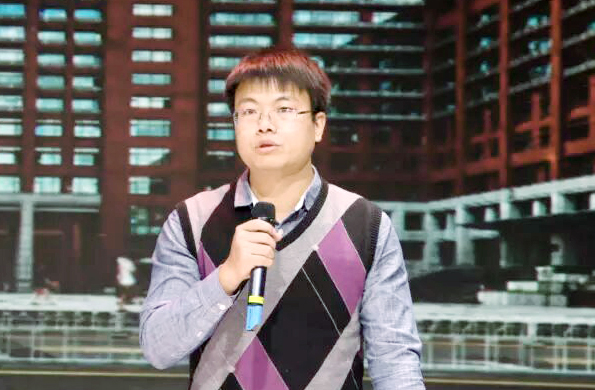Traditional media needs to enhance its data capabilities
 For a long time, the reporting of events mainly relied on reporters’ interviews and observations. In this context, if the journalist’s perspective and the particular cases selected are not universally representative, the report will not be able to show the event in its entirety, or it might even deviate from the facts. The application of big data has made up for the shortage in traditional media’s information collection. But it is noteworthy that for traditional media, the more data technology is used, the more obvious the bottleneck of its insufficient ability to use data becomes.
For a long time, the reporting of events mainly relied on reporters’ interviews and observations. In this context, if the journalist’s perspective and the particular cases selected are not universally representative, the report will not be able to show the event in its entirety, or it might even deviate from the facts. The application of big data has made up for the shortage in traditional media’s information collection. But it is noteworthy that for traditional media, the more data technology is used, the more obvious the bottleneck of its insufficient ability to use data becomes. From the perspective of data sources, in addition to the data resources accessible through the National Bureau of Statistics and the legally valid data information disclosed by listed companies, a large volume of data covering various Chinese industries is also distributed on relevant platforms. For example, the data on carpooling are mostly owned by Didi and other related platforms. The data on online catering are mainly distributed on large platforms such as Meituan and Eleme. The big data on online retail are mainly possessed by Alibaba, Jingdong and Pinduoduo. As a significant portion of enterprises’ competitiveness and profitability, these data with high commercial value are fully protected by the enterprises. The data distribution of each industry looks like a “data island,” which is neither open to the outside nor connected to each other, making the data inaccessible to the media.
In this situation, the media that cannot obtain the original data only has the opportunity to glean a general look at industrial data when the enterprise releases the report on a particular industry for the purpose of brand image building. But the problem is, the data that enterprises present are often those that have been processed so as to be beneficial to their brand image. The media that do not possess the original data cannot verify the authenticity of the conclusion drawn about data. What is even more embarrassing is the fact that even if companies are willing to open up their raw data, there are not many media that are capable of conducting data mining.
It can be seen that the power of discourse for big data is often controlled by the enterprises that possess and produce the data, and most of the time, the media can only play the role of “mouthpiece” when using big data. Although some media have set up their own data news departments or data news laboratories, compared with the mining and application of big data by market-oriented institutions and technology-based enterprises, media’s ability to utilize data in the process of news production stands to be greatly improved.
First, the traditional media has no choice but to promote the transformation and development of new media. But it should also be seen that the so called transformation for many media is simply to transfer the news content to new media platforms and augment their influence by means of new channels. This mode of transformation typically encounters predicaments very quickly, because the changes brought by information transmission technology not only mean new channels and new terminals but also reconstruction of the whole environment of public opinion. Therefore, based on the new requirements brought by the new conditions, the traditional media must comprehensively reconstruct and optimize their own data-related links, such as those of news collection, news production, news distribution and feedback on effectivity.
Moreover, to break through the data capability bottleneck, the traditional media should not only enhance their abilities in data acquisition, mining and presentation as related to news production, but also manage and analyze data of targeted audience collected in the process of content distribution and from feedback.
Currently, as audiences have generally accepted the convenience of information access brought by content feed algorithms, the traditional media must also have their own controllable and reliable algorithmic techniques to win the upper hand in public opinion. In addition to studying the preferences of targeted audiences, the algorithmic approach needs to be guided by mainstream values and it cannot be accomplished in one stroke just through the introduction of technology—only continuous data accumulation and research can make this algorithm increasingly smart. If traditional media does not raise its data capacity, it is likely to lag further and further behind in the age of artificial intelligence in competition with technology-based media.
Zhou Rui works with the Department of Economics at China News Agency and is a postgraduate supervisor at Renmin University of China.
edited by BAI LE
